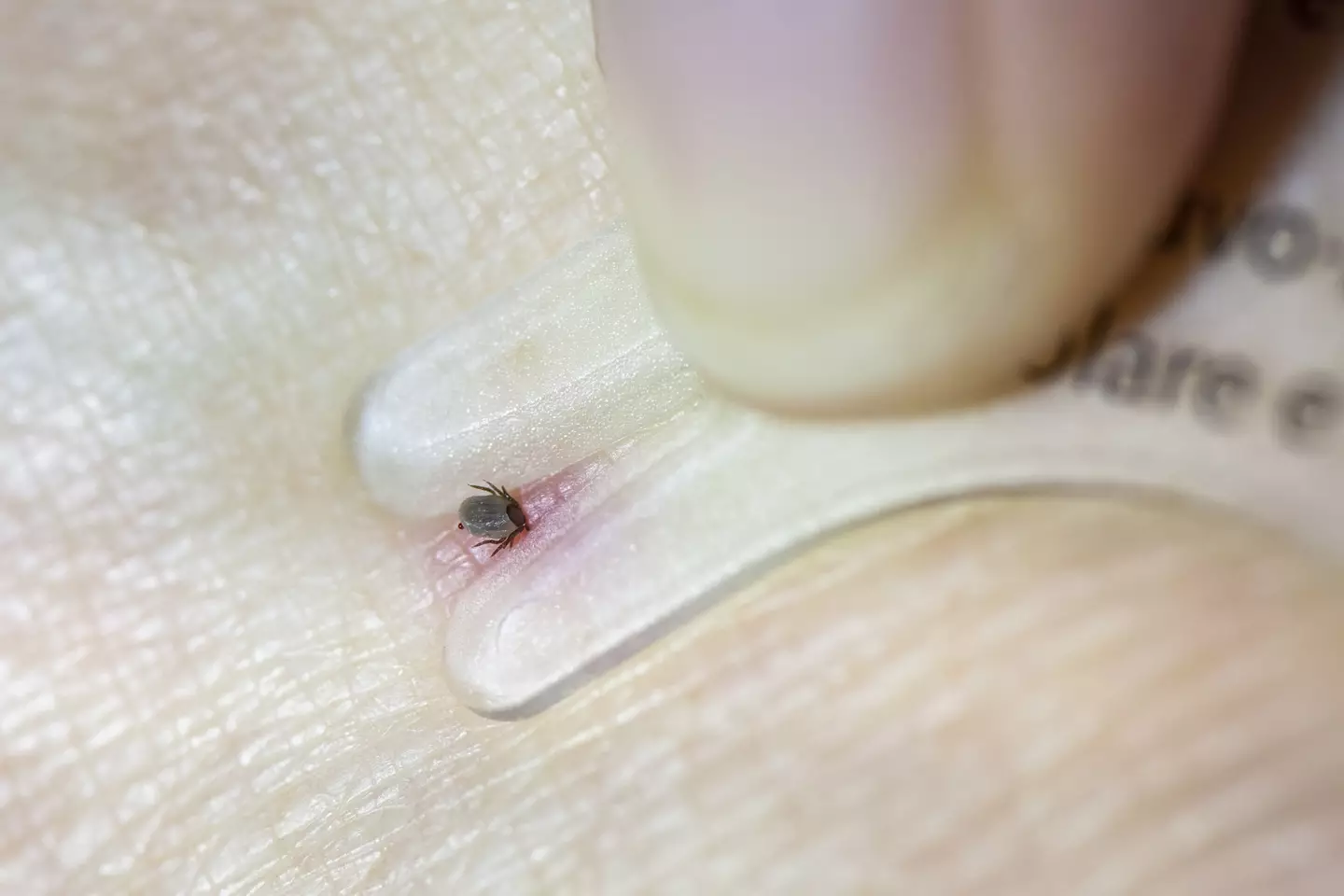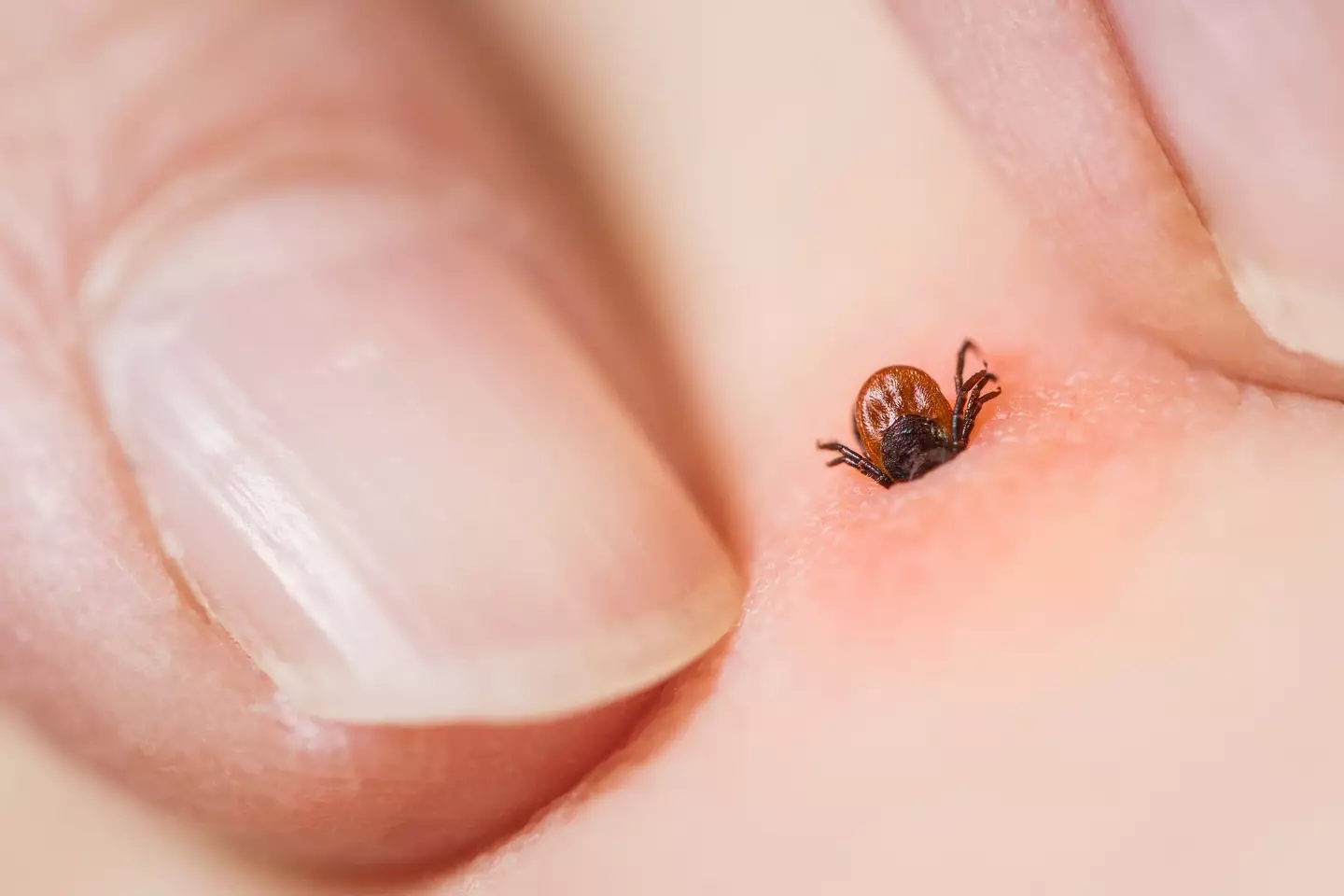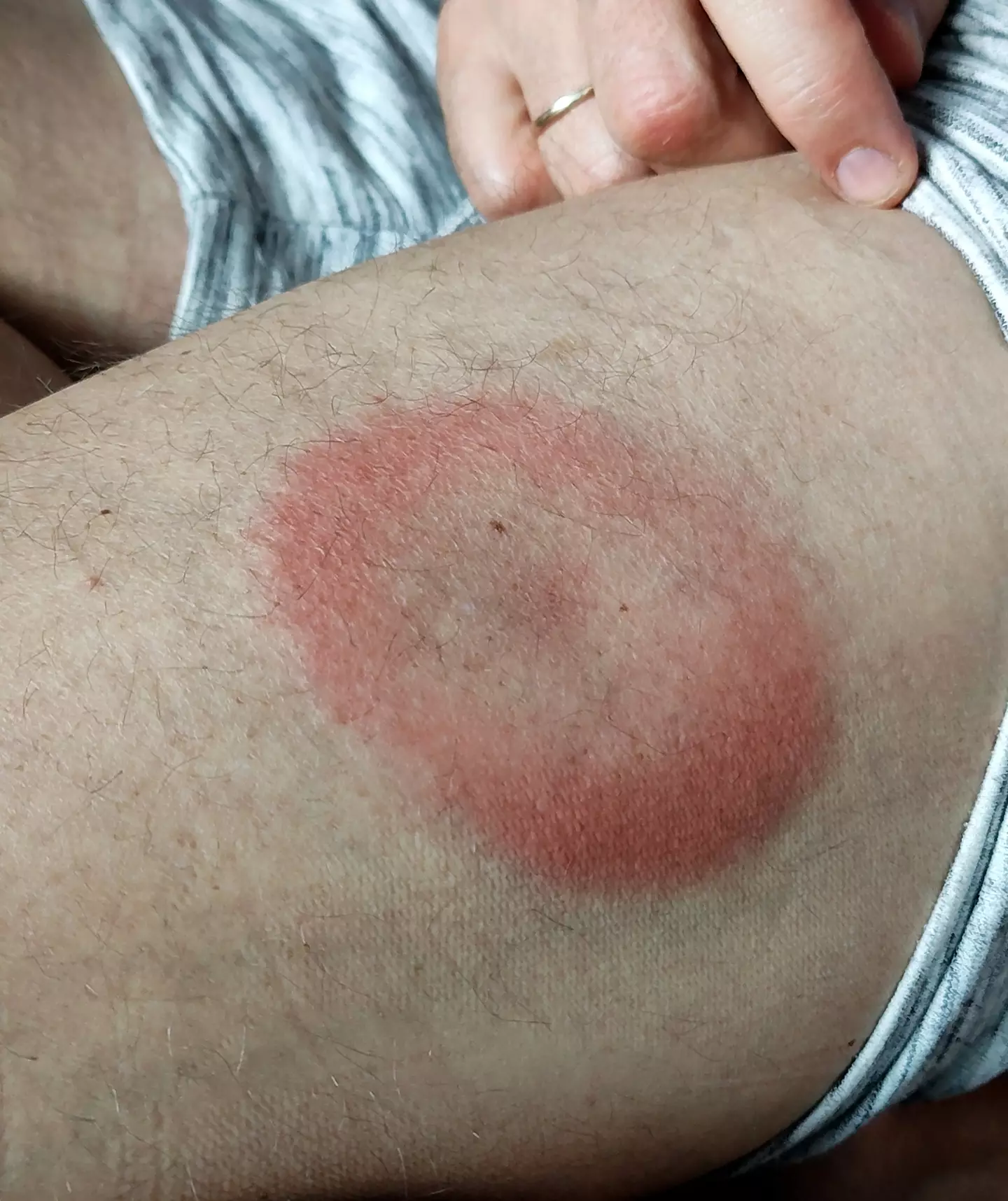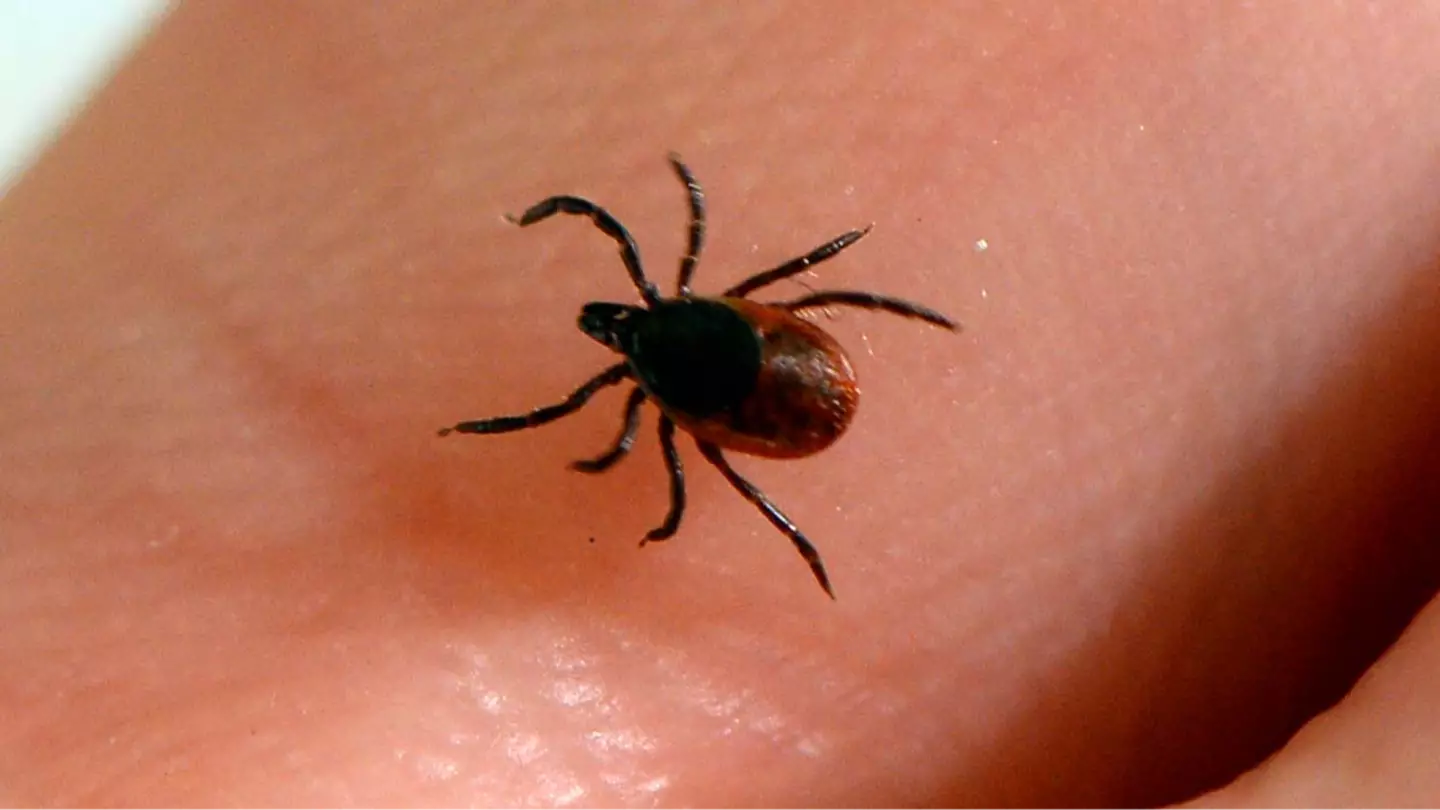Medical professionals are raising awareness about the dangers of Lyme disease as certain regions in the United States are seeing unprecedented numbers of tick bites.
According to a scientific study, around 31 million individuals, equating to nearly one in ten people in the US, experience tick bites annually. As tick season is upon us, healthcare providers are cautioning against the associated risks.
The warm and humid summer months create an ideal environment for ticks, as these ectotherms thrive in the heat, allowing them to move frequently, reproduce rapidly, and locate hosts more easily, whether they be birds, other animals, or humans.
Climate change exacerbates the situation, as rising temperatures have extended the active season for ticks beyond the summer. The Centers for Disease Control and Prevention (CDC) reports that tick activity has increased this year compared to previous years.

The most recent data indicates that the number of patients seeking treatment for tick bites reached five-year highs in May, June, and the first week of July this year.
The CDC highlights that the northeastern region of the country is particularly impacted, noting 125 emergency room visits for tick bites per 100,000 visits in this area in 2025, marking the highest rates since 2017.
The Fordham Tick Index reveals that the risk of tick bites in the tristate area of New York, New Jersey, and Connecticut reached a nine out of 10 by the end of the week of July 4, with June seeing a risk level of 10.
Biologists at the Louis Calder Center field station in Westchester advised residents to consider indoor activities, like visiting a movie theater, due to the elevated risk.

Lyme disease, an infection that can cause symptoms such as bell’s palsy, pressure around the brain, headaches, vision changes, lymphocytic meningitis, and nerve damage, remains a significant threat from tick bites as these severe neurological symptoms suggest.
The disease stems from the bacterium Borrelia burgdorferi, as reported by Health, which is transmitted through the bites of infected ticks.
Without a vaccine for prevention, medical professionals are emphasizing awareness of the symptoms and recommending immediate medical attention if a tick bite is suspected.
A tick bite may manifest as an oval ‘bull’s-eye rash,’ although many infected individuals may not notice as ticks secrete anesthetic saliva, making their bites painless.

Following exposure, symptoms such as fever, headaches, nausea, and muscle pain can appear between three to 30 days.
If a tick is found attached to the skin, the CDC advises immediate removal to reduce the risk of disease transmission.
While a short course of antibiotics can effectively treat Lyme disease, ticks can also transmit other infections.
Bacterial infections such as anaplasmosis and babesiosis, as well as Powassan virus, can also be spread through bites, with the latter potentially infecting an individual within 15 minutes.
Ticks may also cause other health issues, such as the lone star tick, which can trigger a red meat allergy, and the American dog tick or brown dog tick, which can transmit severe infections requiring limb amputations.
To safeguard against ticks, the Johns Hopkins Medicine Lyme Disease Research Center suggests avoiding tall grass, wearing protective clothing such as long sleeves, and using insect repellents.

